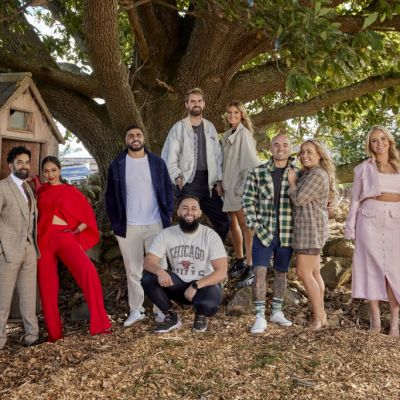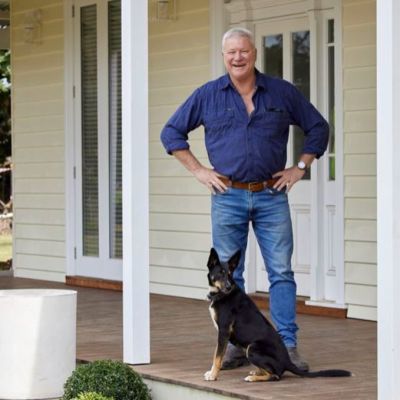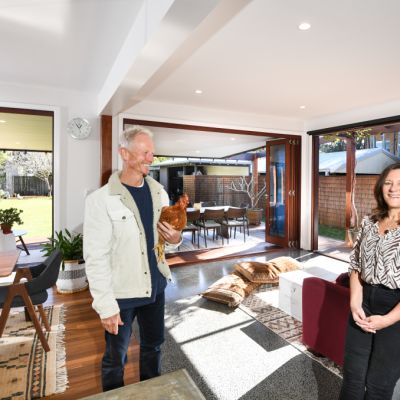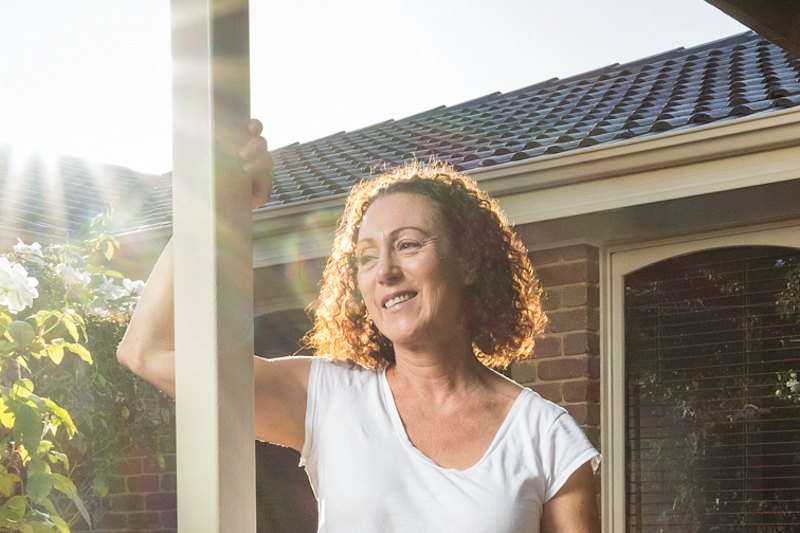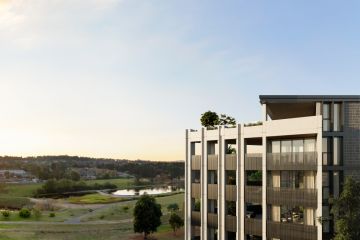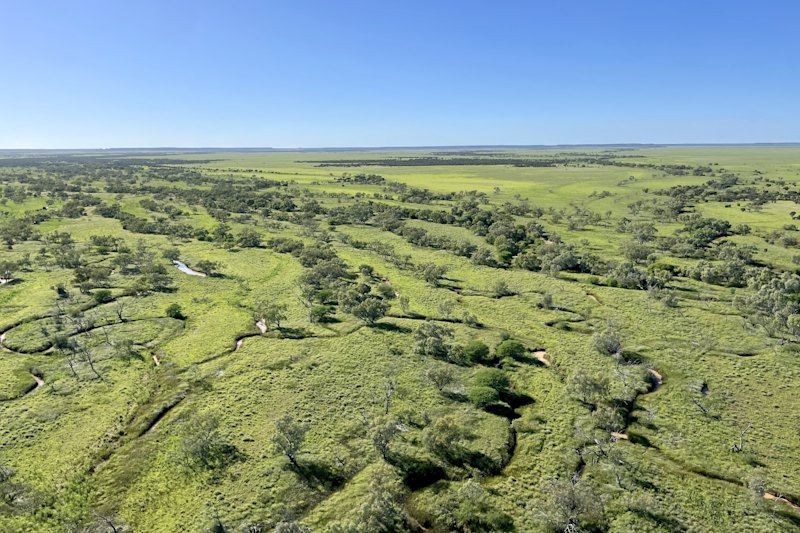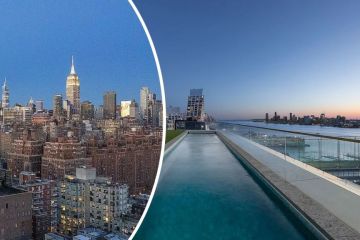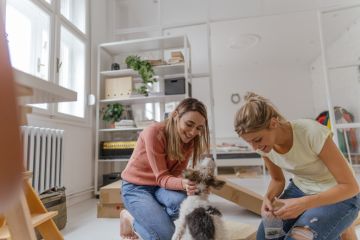The Block 2022 has gone green: How this season is different to others
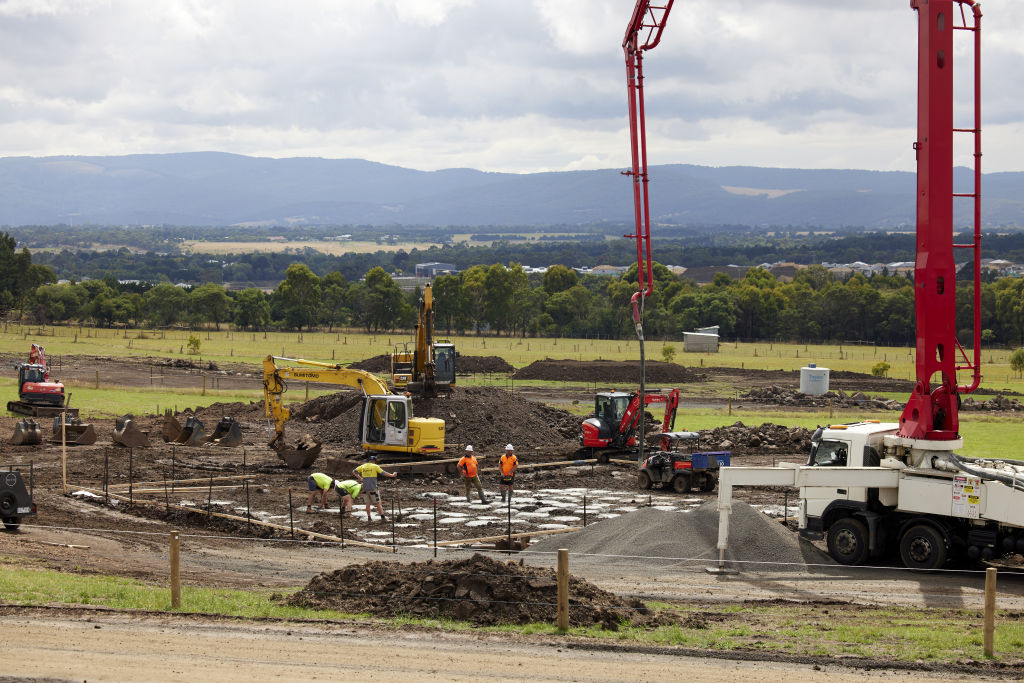
If you thought you knew what to expect from The Block this year, think again.
For starters, this season will take place not in an urban setting but against the rural backdrop of Victoria’s Macedon Ranges. Contestants will be renovating homesteads relocated from around the country and set on 4 hectares of land. They will have 40,000 square metres of space to work with – a far cry from the 73 square metres they had in the show’s first season 20 years ago. In a spicy twist, host Scott Cam will be renovating his own home alongside the contestants.
But perhaps the biggest change is that these homesteads are completely off-grid and more ambitiously sustainable than anything we’ve seen on the show before.
“We once did a project in Melbourne that was 8-star rated, so we have tackled these issues before, but this series gave us a chance to take all of that to another level,” says executive producer Julian Cress. “I personally believe that sustainability is a hugely important subject for all of us to discuss and I know that we’re not leading that conversation. We believe that most Australians are very conscious of sustainability now, so we just wanted to try and showcase some of the real leading-edge technologies that are available within this series.”
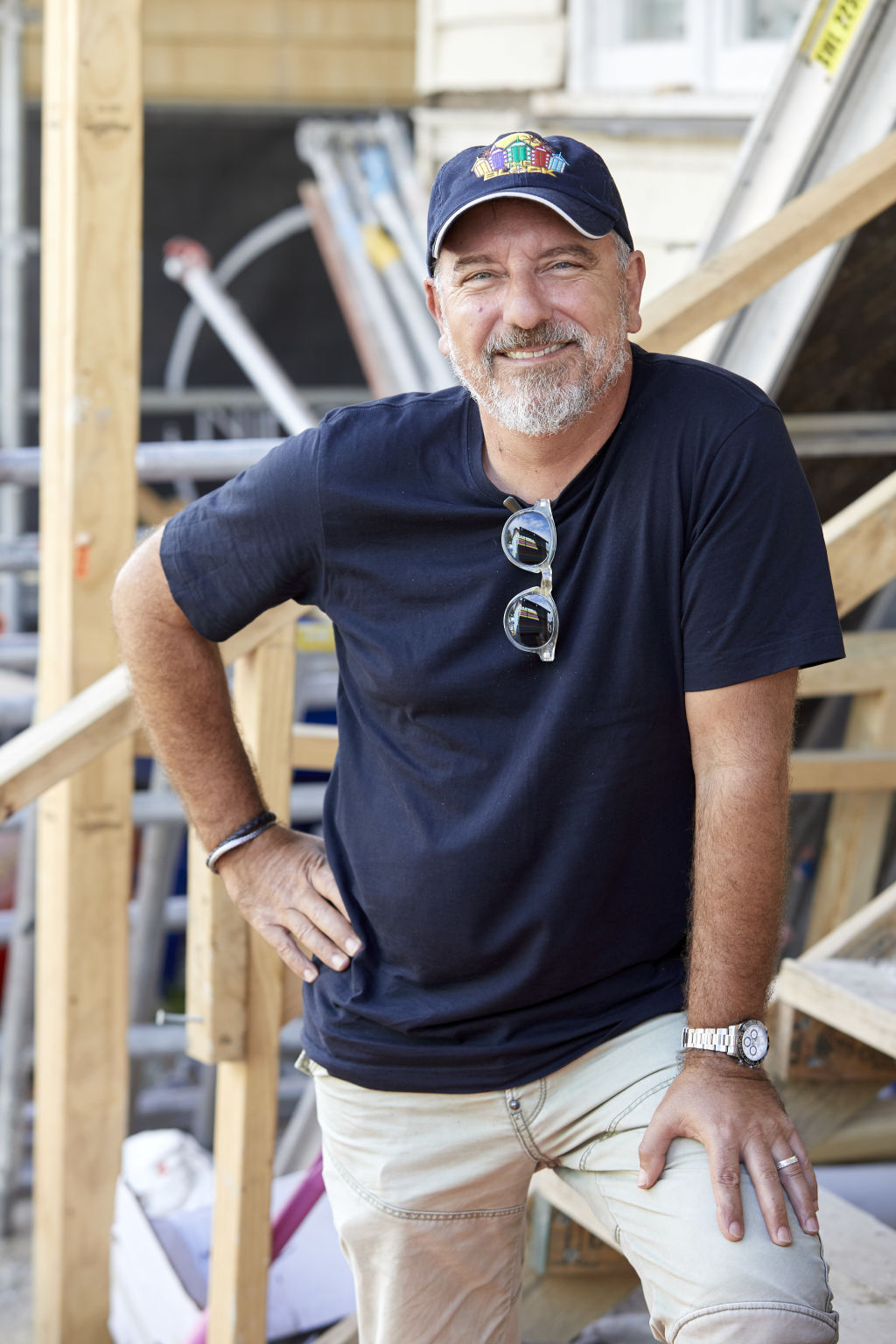
To that end, the show partnered with RedEarth Energy in installing 50-kilowatt ground-mount solar arrays to supply electricity to each property, and they enlisted the help of Rinnai, which is pioneering new geothermal heating and cooling methods.
Sustainability Victoria, meanwhile, helped ensure each home meets a minimum 7-star energy rating. Building and landscaping materials were recycled on a mass scale to minimise the ecological footprint of the renovating process, and all of the wastewater from each of the properties is used as irrigation for the gardens. All windows and doors are triple-glazed, and window frames are made from fully-recyclable PVC (thanks to Aluplast).
“We were just trying to use the absolute best and most sustainable practice in everything that we did this year,” explains Cress.
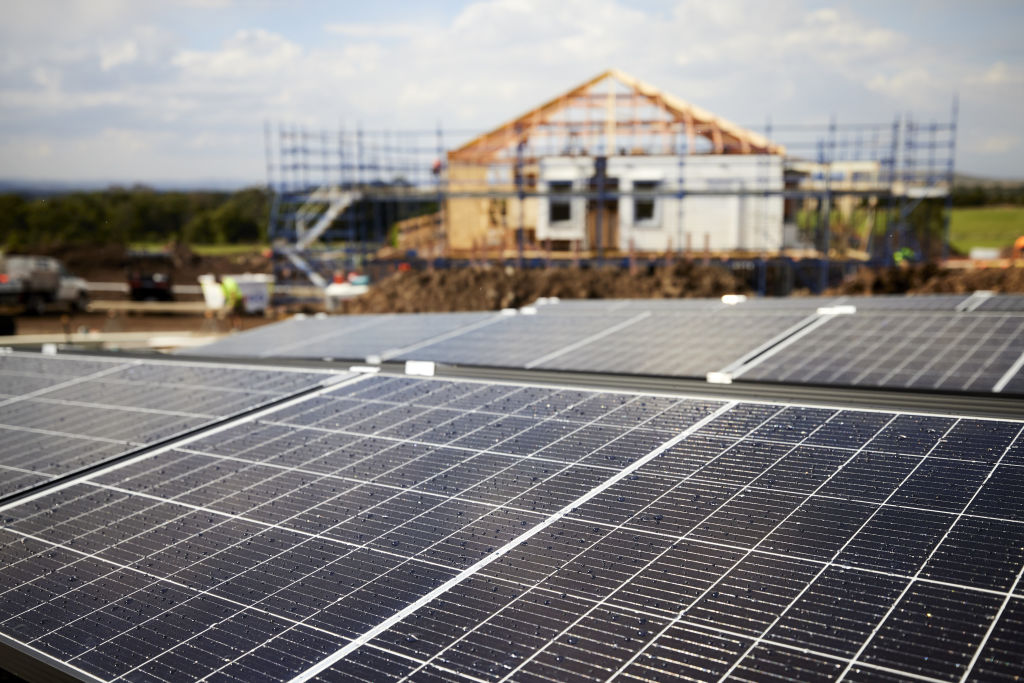
To Cress, one of the most exciting aspects this year is the show’s use of a 3D printer to print an entire pool cabana in just 28 hours.
“This is one of the most incredible things any of us had ever seen,” he says. “…There’s zero building waste. The cost of building it is about 40-50 per cent less than normal building methods. And the products you use to build it all come from fully sustainable sources. It is, I believe, having watched it unfold before my very eyes … the future of building.”
Julian Brenchley, the show’s architect, says this year’s show took a three-pronged approach of sustainability, resilience and a “new rural” sensibility.
“We love the idea of being able to reuse old houses and that ties really well into sustainability for us,” he says. “If we can reuse something, why not?”
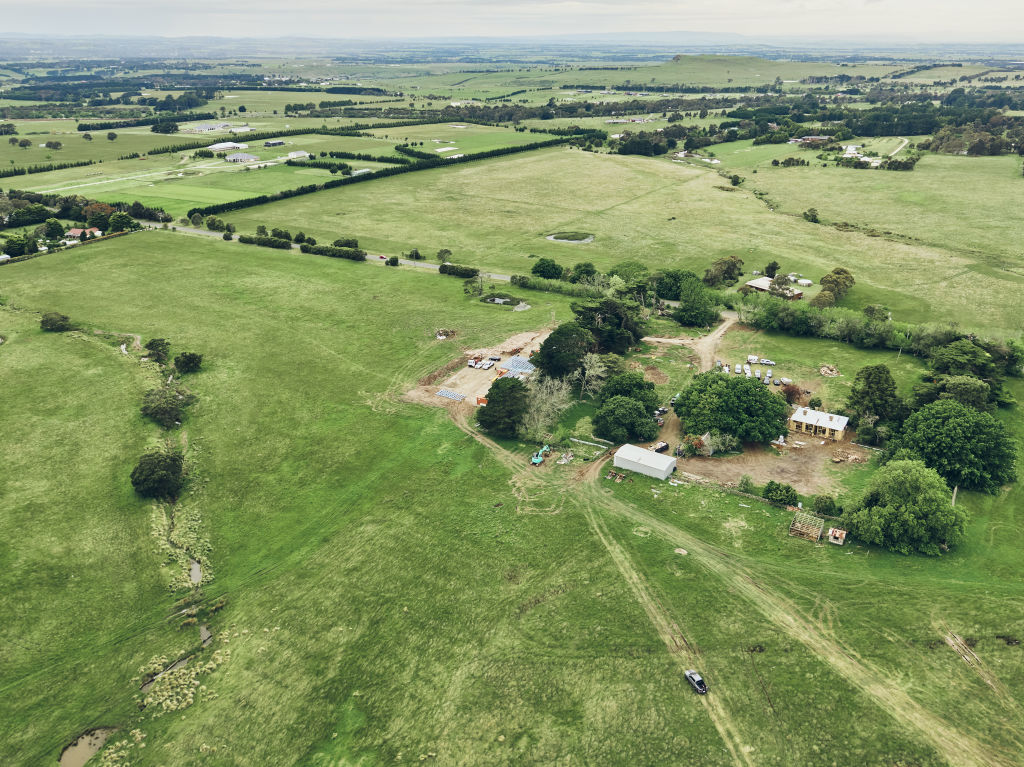
The houses are oriented to interact with their environment and take full advantage of views towards Mount Macedon’s “Red Rock”.
In terms of resilience, the houses are self-sufficient, designed to stand the test of time, and bushfire-resistant thanks to non-combustible Truecore steel frames.

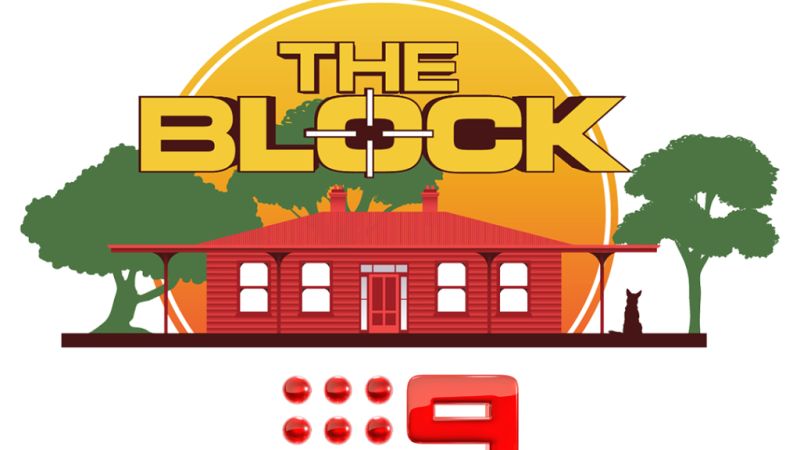
Brenchley says the season was not without its challenges (thanks to the material and labour shortages that are plaguing the whole construction industry), but it has had an extraordinary outcome and been a “great adventure”.
“It was just grass,” he says. “And then all of a sudden within 12 weeks we’ve got six completed houses with swimming pools. It’s extraordinary to see that, from go to whoa … we do that often enough on The Block in suburban environments, but we’re [usually] starting with a built form. To me that’s been really exciting, and to do it in a sustainable way.”
We recommend
We thought you might like
States
Capital Cities
Capital Cities - Rentals
Popular Areas
Allhomes
More
